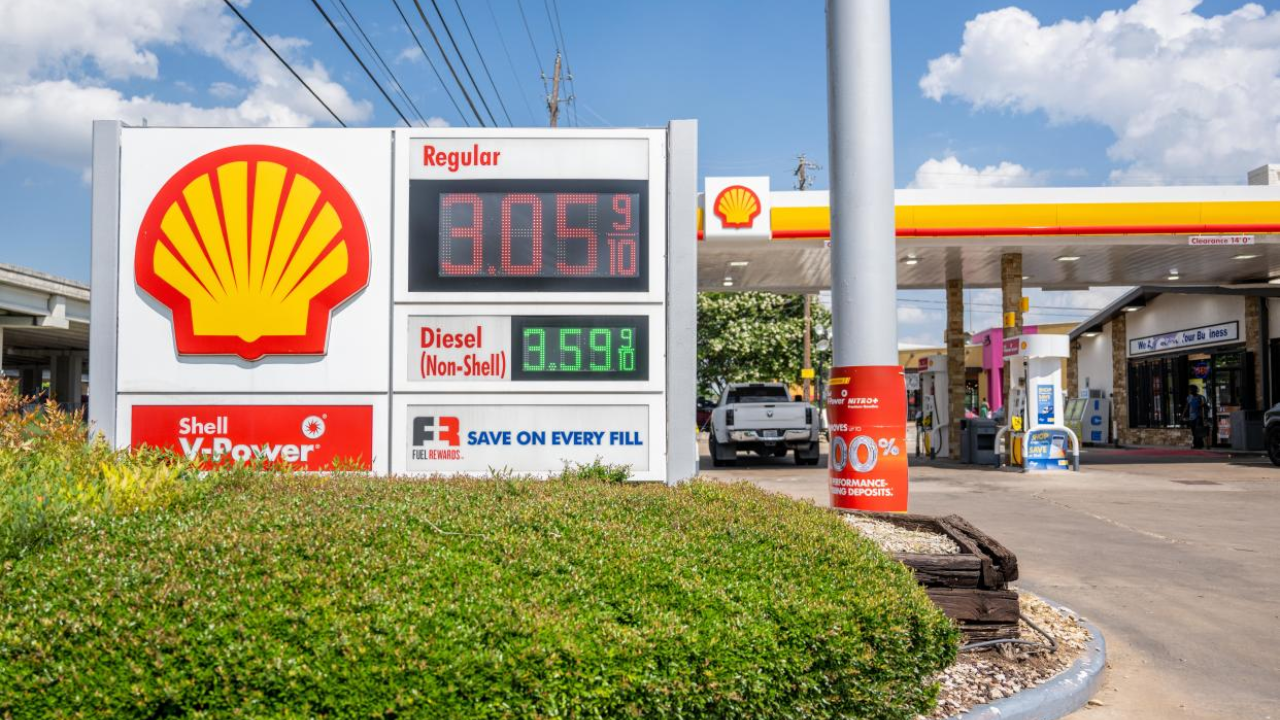As of May 2025, drivers in Redding, California, are paying an average of $4.80 per gallon for gasoline a figure that stands well above the national average of roughly $3.17 per gallon. This significant price gap raises questions for everyday consumers about what’s driving these costs higher and when relief might come. Let’s take a closer look at the key reasons behind this surge in gas prices in Redding and what it means for residents.
California’s Gas Prices: The Big Picture
California has long been known for having some of the highest gas prices in the country, and 2025 is no exception. According to the American Automobile Association (AAA), the statewide average price for regular gasoline is about $4.92 per gallon as of mid-May 2025. Redding’s price of $4.80 fits closely within this broader trend.
The U.S. Energy Information Administration (EIA) confirms that California consistently faces higher prices due to a combination of factors unique to the state’s fuel market. These include taxes, environmental regulations, and supply chain constraints, which all contribute to the higher pump prices residents see daily.
Refinery Shutdowns and Reduced Capacity
One of the most critical factors affecting gas prices in Redding is the reduction in refining capacity within California. Recent announcements have highlighted planned or potential shutdowns of major refineries, such as the Phillips 66 refinery in Los Angeles and the Valero refinery in Benicia. Together, these closures could reduce California’s refining capacity by nearly 20%.
Less refining capacity means less gasoline supply available to meet demand. When supply tightens, prices tend to rise. Industry experts warn that refinery shutdowns could push gas prices higher by as much as 50 cents to $1.50 per gallon in affected areas, including Redding.
The California Energy Commission (CEC) regularly tracks refinery activity and provides updates on how changes in refinery operations impact state fuel supplies. Their latest reports confirm that refinery closures and maintenance have already tightened supply chains in several regions, contributing directly to price hikes.
Environmental Regulations and Special Fuel Requirements
California has some of the strictest environmental standards in the country. The state mandates the use of a special low-emission gasoline blend designed to reduce air pollution and greenhouse gases. This blend is more expensive to produce than standard fuel used in most other states.
Additionally, California implements the Low Carbon Fuel Standard (LCFS) and participates in a Cap-and-Trade program, both aimed at reducing carbon emissions. These regulations increase the cost of producing and distributing gasoline.
The California Air Resources Board (CARB) oversees these environmental regulations, and their website offers detailed information about how these policies affect fuel prices. The costs from compliance and specialized fuel production are inevitably passed on to consumers, raising the pump price.
Transitioning Toward a Greener Future
California’s aggressive goals to phase out gasoline-powered vehicles by 2035 add further complexity to the fuel market. Investments are shifting towards renewable energy and electric vehicle infrastructure, while traditional gasoline refining faces uncertainty and decreasing investment.
This transition can create supply-side constraints in the short term, as refining infrastructure is scaled back, yet demand for gasoline remains significant. The result is upward pressure on prices in markets like Redding where gasoline use is still dominant.
Influence of Global Oil Markets and Economic Factors
While local factors largely explain the high gas prices, global oil markets cannot be ignored. California’s gas prices are influenced by crude oil prices set on international markets, which are subject to geopolitical tensions, OPEC+ production decisions, and other economic variables.
Though crude oil prices have shown some recent declines, volatility remains high. Any sudden disruptions in supply or changes in demand globally could ripple through and affect prices at the pump in California.
What This Means for Redding Drivers
For drivers in Redding, the current price level means budgeting more for fuel expenses, which can impact household finances and local businesses. Though some price relief is possible if refineries resume full operation or if crude prices fall substantially, structural factors like environmental regulations and supply constraints suggest that prices will remain elevated for the foreseeable future.
Consumers can monitor local prices via trusted sources such as the U.S. Energy Information Administration’s California fuel price dashboard and the California Energy Commission’s updates.
Tips for Coping with High Gas Prices
- Carpool or use public transit: Sharing rides or using buses can help reduce fuel expenses.
- Maintain your vehicle: Proper tire pressure and engine tuning improve fuel efficiency.
- Plan trips efficiently: Combining errands into fewer trips saves gas.
- Consider fuel-efficient vehicles: Hybrids or electric vehicles can reduce dependence on gasoline.
While California continues to lead in environmental efforts and transitions toward clean energy, the short-term impact on gasoline prices is clear in cities like Redding. Residents and policymakers alike will need to balance environmental goals with economic realities.


